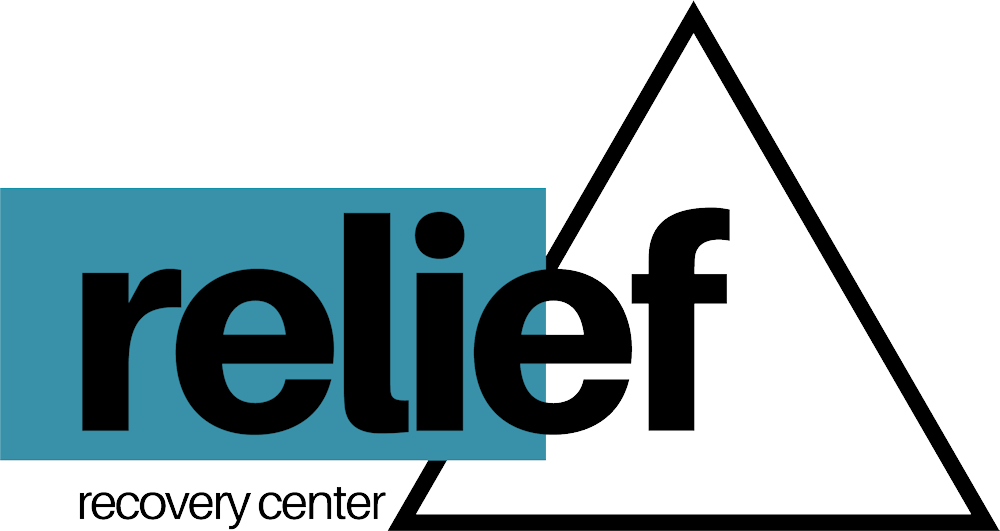Substance abuse and addiction represent a profound and complex challenge faced by individuals across the globe. It is transcending cultural, economic, and societal boundaries. Defined broadly as the harmful or hazardous use of psychoactive substances, including alcohol and illicit drugs. Substance abuse has far-reaching impacts not only on the health and well-being of individuals but also on families, communities, and society at large. The role of medication in treating substance abuse is fundamental to look through in order to understand recovery.
Medication-Assisted Treatment (MAT) has emerged as a cornerstone in the fight against addiction. MAT combines the use of FDA-approved medications with counseling and behavioral therapies to treat substance use disorders. This approach is grounded in the understanding that addiction is a medical condition, not a moral failing, and that like other chronic conditions, it can be managed effectively with the right combination of therapies and support. By mitigating withdrawal symptoms and reducing cravings, MAT can significantly improve patient outcomes and serve as a pivotal pathway to recovery.
Understanding Substance Abuse
Definition of Substance Abuse and Addiction
Substance abuse refers to the excessive and harmful use of substances, including alcohol and drugs, leading to addiction—a chronic, relapsing disorder characterized by compulsive drug seeking, continued use despite harmful consequences, and long-lasting changes in the brain. Addiction is considered a complex brain disorder and a mental illness. Influenced by a combination of factors including genetics, environment, and personal behavior.
The Psychological and Physical Aspects of Addiction
Addiction affects the brain’s reward, motivation, and memory functions. On a psychological level, individuals may use substances as a way to cope with stress, trauma, or other mental health issues, creating a vicious cycle of dependence. Physically, substance abuse can lead to a wide range of health issues, including but not limited to cardiovascular diseases, liver damage, respiratory distress, and neurological impairments. The severity and nature of these effects often depend on the type of substance used, the duration of abuse, and individual health factors.
Statistics on Substance Abuse
According to the World Health Organization (WHO), in 2018, approximately 5.3% of the global population aged 15-64 years had used drugs at least once in the past year. Moreover, there are over 35 million people suffer from drug use disorders worldwide. The Centers for Disease Control and Prevention (CDC) reports that in the United States alone, over 70,000 people died from drug overdoses in 2019. These statistics highlight the urgent need for effective treatment solutions. These statistics underscore the global scale of substance abuse and the critical importance of interventions like Medication-Assisted Treatment to address this ongoing public health crisis.
In the next sections, we will delve deeper into the types of medications used in MAT, the benefits and challenges of this treatment approach, and how individuals struggling with addiction can find the right support and resources to embark on the path to recovery.
The Role of Medication in Addiction Treatment
Explanation of MAT and Its Importance
Medication-Assisted Treatment (MAT) is a groundbreaking approach in the field of addiction therapy, combining pharmaceutical interventions with counseling and behavioral therapies to treat substance use disorders. This holistic method addresses both the physical and psychological aspects of addiction, recognizing that effective treatment must extend beyond the mere cessation of substance use. MAT has been scientifically proven to improve patient survival rates, increase retention in treatment programs, and reduce the likelihood of relapse, making it a critical component in the continuum of addiction care.
Types of Medications Used in the Treatment of Substance Abuse
Several FDA-approved medications are central to MAT’s success, each targeting different aspects of addiction and recovery:
- Methadone: Used primarily for opioid addiction, Methadone reduces withdrawal symptoms and cravings without producing the high associated with opioid abuse. It’s dispensed under supervised conditions at specialized clinics.
- Buprenorphine (including Suboxone): Buprenorphine reduces cravings and withdrawal symptoms without the euphoric effects of opioids. Suboxone, a combination of buprenorphine and naloxone, is particularly effective as naloxone acts as an opioid antagonist, discouraging misuse.
- Naltrexone: This medication is used for both opioid and alcohol dependence. It blocks the euphoric and sedative effects of opioids and reduces the desire to consume alcohol.
- Disulfiram and Acamprosate: Used for alcohol abuse, Disulfiram causes unpleasant effects when alcohol is consumed, deterring drinking behavior. Acamprosate helps stabilize brain chemistry in post-withdrawal phases and reduces the physical distress and emotional discomfort associated with quitting alcohol.
How These Medications Help in the Recovery Process
These medications play a crucial role in the recovery process by managing withdrawal symptoms, reducing cravings, and restoring brain chemistry to its natural state. They alleviating the physical discomfort associated with withdrawal. Once that is taken care of patients can better focus on the psychological aspects of recovery through counseling and therapy, thus addressing the root causes of their addiction.
Benefits and Challenges of Medication-Assisted Treatment
Benefits of MAT
The benefits of MAT are extensive and supported by a robust body of research. Key advantages include:
- Reduced Withdrawal Symptoms: By managing the physical discomfort associated with withdrawal, MAT can make the initial stages of recovery more bearable for patients.
- Lowered Risk of Relapse: By reducing cravings and blocking the effects of substances, MAT can significantly lower the likelihood of relapse.
- Improved Social Functioning: MAT supports patients in regaining their social, occupational, and familial roles by stabilizing their condition and allowing them to participate more fully in society.
Challenges and Misconceptions
Despite its proven effectiveness, MAT faces several challenges and misconceptions:
- Stigma: There is a prevailing stigma around MAT, with some viewing it as simply substituting one drug for another. This misconception ignores the controlled, therapeutic use of medications in MAT and their role in a comprehensive treatment plan.
- Access to Treatment: Availability of MAT programs can be limited by geographic, regulatory, and financial barriers, making it difficult for some patients to access the care they need.
Implementing MAT in Treatment Programs
Overview of Implementation
Implementing MAT requires a coordinated effort across healthcare systems. MAT looks to integrate medication therapy with counseling and behavioral health support. Patients typically undergo a comprehensive assessment to determine the most appropriate medication and therapy plan. This is then closely monitored and adjusted as needed over the course of treatment.
Combining Medication with Counseling and Behavioral Therapies
The integration of medication with counseling and behavioral therapies is critical to MAT’s success. This combination addresses the whole patient, ensuring that both the physiological and psychological aspects of addiction are treated. Counseling can include individual therapy, group sessions, and family therapy, providing a supportive environment for patients to address the underlying issues contributing to their addiction.
Seeking Help: How to Find the Right Treatment
It is crucial to find the right treatment for substance abuse is a crucial first step on the journey to recovery. The path to healing begins with acknowledging the need for help and then actively seeking out the resources and support systems that can provide effective assistance. Here are some tips on how to navigate this process:
- Educate Yourself: Understanding the nature of addiction and the available treatment options is vital. This knowledge will empower you to make informed decisions about your care or the care of a loved one.
- Consult Healthcare Professionals: Medical doctors, particularly those specializing in addiction medicine, can offer expert advice on treatment modalities and refer you to reputable programs that fit your specific needs.
- Assess Treatment Programs: Look for accredited and evidence-based treatment programs that offer a comprehensive approach to addiction recovery, including medication-assisted treatment (MAT), counseling, and support groups.
- Support Systems: Lean on support groups, both in-person and online, which can provide encouragement and advice from those who have experienced similar challenges. These communities can offer invaluable emotional support and practical tips for navigating recovery.
For more detailed information and access to resources, visit WeWantRelief.com. Here, you’ll find a wealth of information on treatment options, as well as support systems designed to assist individuals in overcoming substance abuse. Whether you’re seeking help for yourself or a loved one, remember that you’re not alone—help is available, and recovery is possible.
Conclusion
The journey of overcoming addiction is challenging yet deeply rewarding. Understanding the role of medication in treating substance abuse is crucial, as it opens the door to effective and compassionate care through medication-assisted treatment (MAT). This comprehensive approach, combining FDA-approved medications with counseling and behavioral therapies, offers a robust foundation for recovery, addressing both the physical and psychological aspects of addiction.
We encourage individuals and their loved ones facing the challenges of addiction to consider MAT as a viable and effective option for treatment. The path to recovery begins with a single step—reaching out for help. Start by educating yourself about the available treatment options and accessing resources like those found on WeWantRelief.com.



